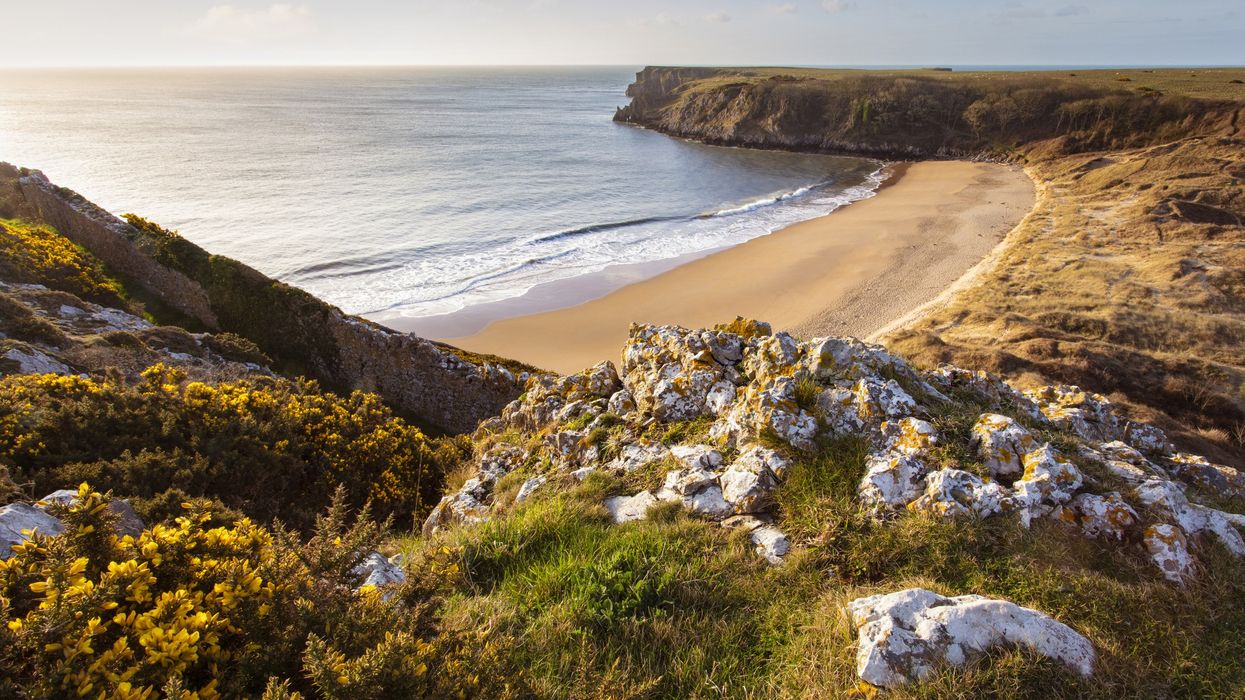The world has so many beautiful and interesting destinations that you should visit. Whether you are traveling for your studies or sightseeing, the memories will be priceless. However, when you’re traveling, never let assignments be of concern to you. They can ruin your mood and make it difficult for you to enjoy your time. So, to avoid such, sign up on uk essay writing service, and let them do the work for you. Below, we have the top 5 destinations that you can look forward to visiting or include in your bucket list.
PRAGUE
It should come as no surprise at all that Prague frequents the list of the top places to visit in Europe. Well, first of all, Prague is a beautiful old European town that is ideal for international students. It has a breathtaking old town square and it also has colorful old buildings. You can take in all the beauty of the city while enjoying some of the inexpensive and best beer in Europe.
This city offers a perfect destination to party during your study break. There are a lot of historical sites that you can visit. If you have the time, extend your trip and visit Cesky Krumlov which is one of the picturesque towns in the Czech Republic. The town has beautiful old buildings and a castle. Prague is a Europe trip that you should add on your bucket list.
ROME
Rome is a medieval city that has a lot of history. It is one of the best cities in Europe to visit. If you are dreaming of sipping espresso, tuck into a tiramisu, and savor twirling pasta during your next school break, then this is the city for you. Rome has a rich culture, history, and wonderful food experiences that you cannot find anywhere in the world.
There are many historical buildings to visit in this city like the Sistine Chapel, The Coliseum, and The Pantheon. Rome will take your breath away and you may find yourself staying longer. Well, if it happens that you wish to stay longer, then getting a job may not be such a bad idea. So, you should visit resume that works and get a good resume that will guarantee you a good job there.
LONDON
It is almost impossible to talk about European trips without talking about London. The city is a melting pot of cultures and it has everything that a student would be looking for. All the historical places you read in books or see on TV like Buckingham Palace, Somerset House, The Shad, and The Museum of London are in London.
London has everything. If you want to grab something to eat, there are a lot of cheap eating spots for students in the city. You can pop into Camden Market and grab a bite as you continue with your sightseeing of this beautiful European destination. Do not forget to visit famous landmarks like the Tower Bridge, Big Ben, and the Old Royal Naval College.
PARIS
Paris is a city that most people want to visit. The thought of colorful macarons, tasty pastries, and the old medieval buildings excite most people. But then again, who wouldn’t want to take a stroll alongside the Seine and past the Notre on a warm summer evening? Without a doubt, this is one of the best European cities to visit when you are still young. Paris is also known as the city of love because it is one of the cities in the world that is beautiful and romantic.
Paris is a huge city and if you are not careful, it may overwhelm you. There are many places to visit while you are in the city. You can take a visit to the world-famous Eiffel Tower and enjoy a picnic with your friends. This will help you relax and forget about school and studying for a while. You can go to art galleries and see priceless pieces of art or take a walk in the evening while taking in the culture of the city. Without a doubt, Paris should be the first destination you should think of when you are planning a trip to Europe.
BERLIN
This is a fascinating city to visit and live in. Berlin is one of the best places to visit in Europe. It is the capital city of Germany which has the most powerful economy in Europe. Its history has shaped it into the city that it is today. Berlin is too large to cover on foot but it is has a wonderful and efficient public transport system that will ensure that you enjoy your visit.
There are many sites that you can visit in this city. The Brandenburg Gate Grand classical archway and city divide is a must-see. Remember the Berlin Wall? Well, there are some pieces of it left and you can get to see it at the East Side Gallery section of Berlin Wall for street art. However, you cannot do all the sightseeing you want if you have a dissertation that craves your attention. So, if in such a situation, visit https://customessayorder.com/complete-coursework-for-me and have a professional help you as you enjoy your vacation.
Everyone needs to take a break from their studies and relax in order to regenerate their life batteries. Traveling to Europe is by far one of the best ways to take your mind away you’re your studies. You can choose to travel alone or you can travel with your friends. Choose one of the cities in this article, pack your bags, and go see the world.


















 Heehs describes two principal approaches to biographyAMG
Heehs describes two principal approaches to biographyAMG